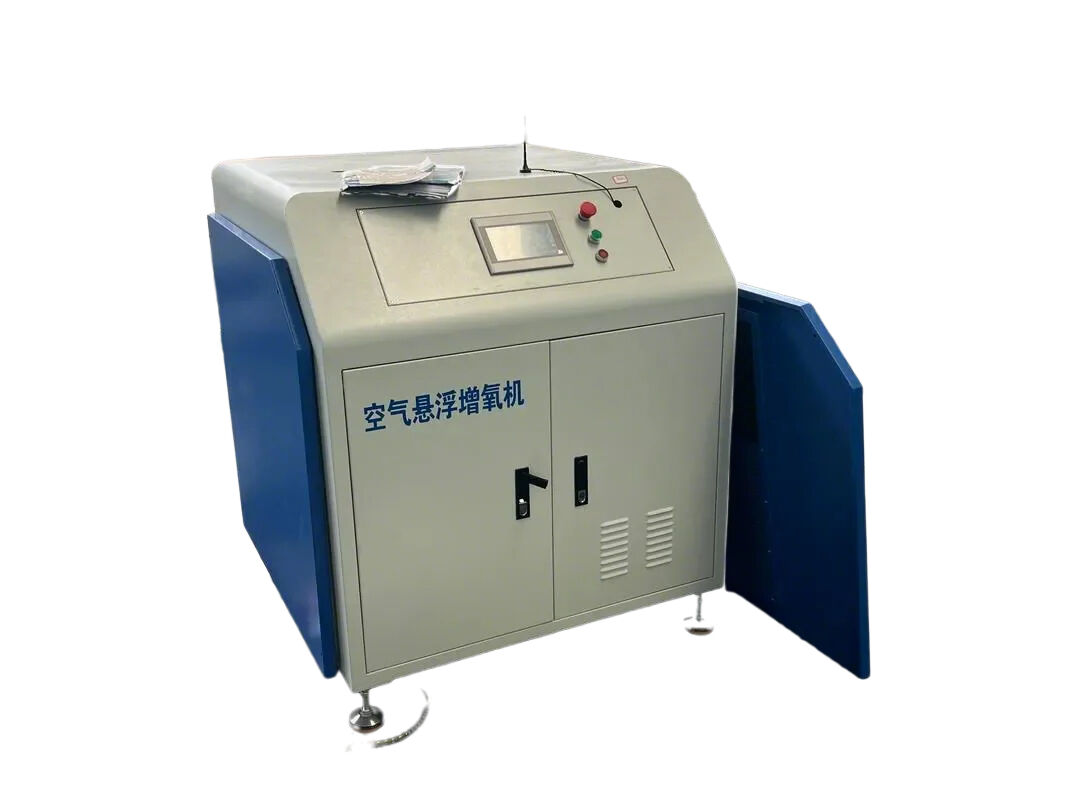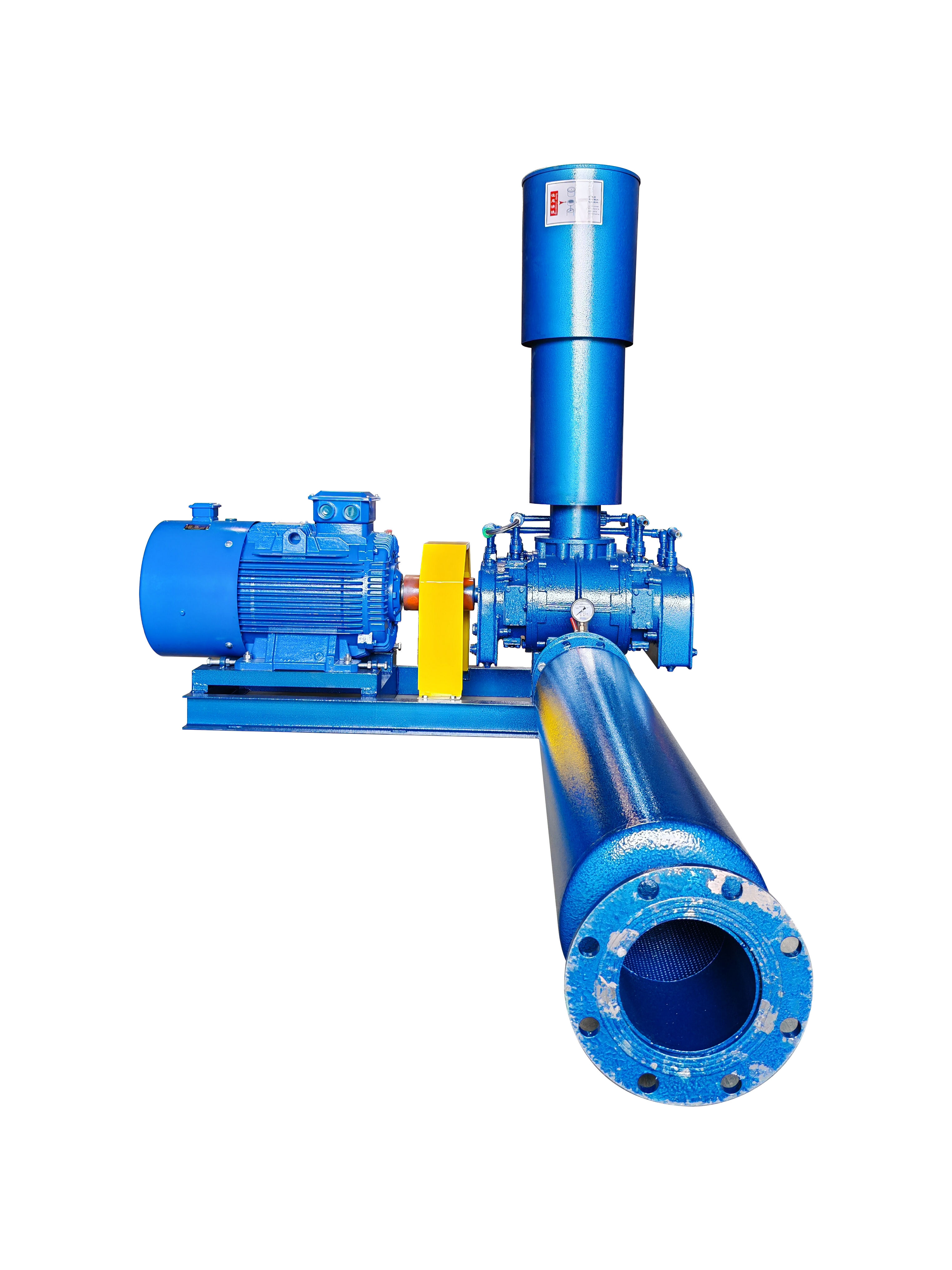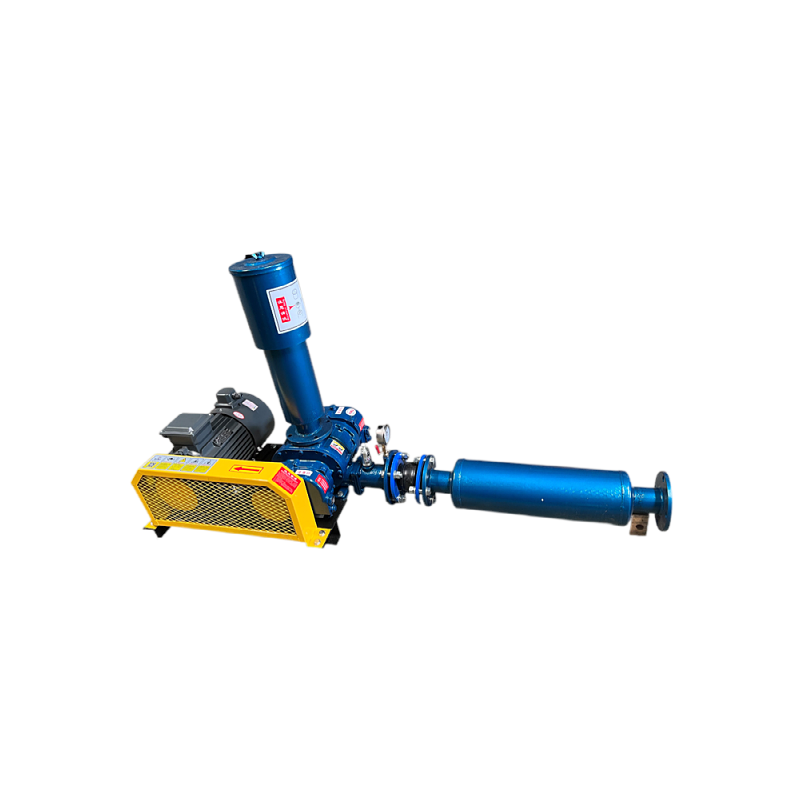forward curved centrifugal blower
A forward curved centrifugal blower represents a sophisticated air-moving device that utilizes specially designed forward-curved blades to generate high-volume airflow at relatively low pressures. These blowers operate by drawing air into the center of the wheel and accelerating it outward through the curved blades, creating a consistent and efficient airflow pattern. The forward-curved design enables the blower to handle large volumes of air while maintaining compact dimensions, making it particularly suitable for applications where space is at a premium. The unique blade configuration allows for operation at lower speeds compared to other blower types, resulting in quieter performance and reduced energy consumption. These blowers excel in applications requiring steady airflow, such as HVAC systems, air handling units, and various industrial ventilation processes. The design incorporates multiple small blades arranged in a forward-curving pattern, which effectively captures and moves air with minimal turbulence. This configuration also provides excellent self-cleaning properties, reducing maintenance requirements and extending operational life. The technology behind forward curved centrifugal blowers has evolved to include advanced materials and precision manufacturing techniques, ensuring optimal performance and reliability across various operating conditions.



